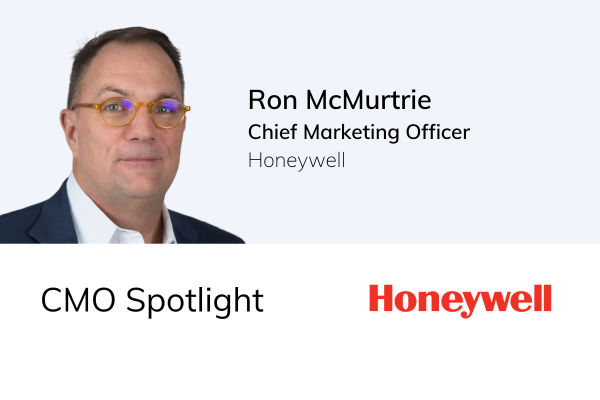Your 2020 Content Marketing Calendar Checklist
The new year is here and (hopefully) you have your marketing budget and marketing content calendars set for the year.
(If not, here is a handy guide to build your marketing budget.)
When people say “content is king,” they’re not kidding. Content creation establishes your brand, influences marketing strategy and campaigns, emphasizes your brand values/message, and displays your digital marketing capabilities/product offerings. In this cluttered marketing world where the consumer is given an endless list of companies to choose from, creative content may be the very thing that diversifies your company.
Two important questions to ask yourself when planning a content calendar:
Does this marketing content...
Tell the story of our brand?
Reflect the company’s values?
If the answer is no or uncertain, then it is time to reevaluate. The two questions above should always be checked off when it comes to content.
Benefits of organizing a content calendar:
Aligns Team - Plan content activity with the team and keep it easily accessible so that everyone is on the same page.
Produces Clarity - Easily visualize content throughout the year.
Identifies Gaps - Discover what your content or marketing campaigns are lacking by having the calendar displayed in front of you constantly. This should balance the type of content produced as well.
Establishes Groundwork - Creativity can come in spurts and be inconsistent. Having a base makes it easier to build.
Permits Flexibility - Sometimes real-time marketing, commentary, or new trends is necessary to add to your content. A marketing calendar easily outlines structured content ideas so that it is easier to visualize what to cut or move around depending on the new piece.
Make it your goal in 2020 to optimize your content calendar to the fullest capacity.
If you do have your content marketing calendar set, more power to you and your marketing efforts. Even still, take a look at our content checklist to be sure you have covered all of your bases!
Content marketing calendar checklist:
❏ National holidays
Listening to new trends on social media is important. Brands do a great job getting their audiences involved when they celebrate national holidays where consumers can contribute posts or are rewarded for their purchases.
This is especially successful when the national day relates to the company’s brand. For example, days like #NationalDonutDay or #NationalIceCreamDay, are huge for restaurants and food brands. Take a look at how Chick-fil-A made their own day and leveraged it to create content and hype for the company.
Here is a great resource for national holidays!
❏ User-generated content
The pressure to create all of the content yourself is unnecessary! You should already curate relevant content to add to your calendar, but utilizing user-generated content is a great method to reward your consumers for engaging with your brand!
Featuring consumer content will encourage audiences to be stronger brand advocates and increase their brand loyalty.
❏ Company anniversaries
Celebrating your company, partners, and employees humanizes your brand, builds internal morale, and integrates a piece of who you are (which is a big part of the overall story) into the content strategy.
❏ Consistent posts
If your company has a regular posting schedule, followers will be on the lookout on certain days at certain times for your specific content.
For example, our Social Media and Content Manager checks Adweek every Wednesday afternoon for the Adweek chat to participate and chat with other social media marketers about the latest trends. (She also checks the Astro Poets Twitter account every Sunday night to see her horoscope...just for fun!)
❏ Themed content
Keep an eye on universal holidays or timely events. Live-tweet the Super Bowl or award shows like the Oscars if it makes sense.
If you’re a food brand, design your food in a creative manner. Arby’s does a great job doing this with their social media marketing. Their Instagram presence celebrates their fans (and their fandoms) and food!
❏ Thought leadership
If people are following your company, chances are they like the way you think and how you run things. Creating thought leadership pieces to post on LinkedIn, social platforms, or blog from company members only solidifies your team as experts in their industry and creates further trust with the consumer.
❏ Visual content
You’ve probably heard this by now - but visual content is the way to go. If you’re not posting video or visual media content, then you’re missing out on a huge opportunity. Video content is more accessible, easily digestible, and a more engaging format for consumers to consume.
Read Related - Jump on the Straight "Fire" Live Video Phenomenon
6 tips to organize a content calendar:
Listen constantly on social media for relevant trends or hashtags. (It’s important to research hashtags to avoide misuse!)
Continually adjust content to reflect trends. Keep your calendar in check to be sure it is always reflecting your brand, consumers, and message.
Post/focus on where your audience is most active - your company does not have to be on every platform.
Post valuable content. It’s not about the number of posts. Quality is better than quantity.
Communicate with your team to establish a consistent workflow so that everyone is on track.
Diversify the content for each channel. Someone following your company on LinkedIn is probably not following you for the same reason that someone is following you on Instagram. Offer different content that utilizes the specific social media platform’s features.
For inspiration, here are some all-star brands with great content calendar schedules.
We hope your 2020 is off to a great start! Your content represents who your brand is to partners, consumers, and potential employees - you want it to be the best it can be in order to stand out from the crowd!
Need help organizing or creating content? We can help you find a qualified marketing agency! Talk to us.










A call for marketers and agencies to participate in the 2025 Marketing Relationship Survey, before it’s too late.